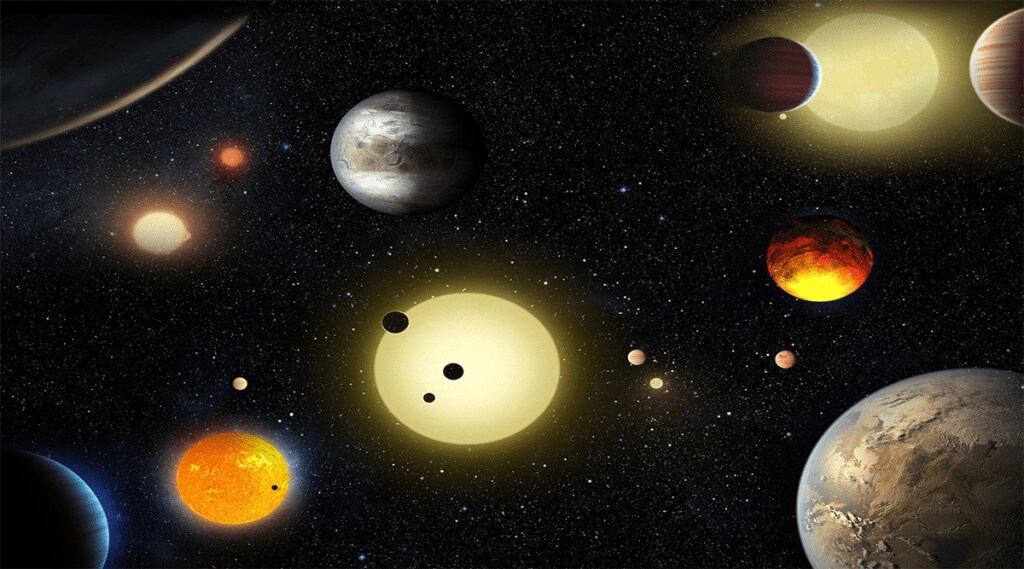An exoplanet, which is a planet outside of the Solar System, was first spotted in 1917 although it wasn’t recognized at that time. The first confirmed sighting of one was in 1992. Now NASA’s most powerful telescope, the James Webb Space Telescope in its first major breakthrough discovery of the year has spotted and confirmed the existence of a small rocky exoplanet.
The research was led by Kevin Stevenson and Jacob Lustig-Yaeger. The team in an official statement to NASA formally classified the exoplanet as LHS 475 b and almost exactly the same size as our own planet. The exoplanet is clocking in 99% of Earth’s diameter, the statement added.
After carefully studying the data collected by NASA’s TESS satellite, the team decided to study this target using the NIRSpec instrument on the Webb telescope. The telescope was able to capture the exoplanet in just two observations.
This exoplanet, which is around 41 light-years away, can complete an orbit in just two days.
“These first observational results from an Earth-size, rocky planet open the door to many future possibilities for studying rocky planet atmospheres with Webb,” agreed Mark Clampin, Astrophysics Division director at NASA Headquarters in Washington.
The discovery of this exoplanet and the subsequent observations by Webb are helping scientists gain a deeper understanding of the world outside our solar system.
Facts about the exoplanet found so far
- LHS 475 b is a few hundred degrees warmer than Earth
- LHS 475 b completes an orbit in just two days,
- LHS 475 b is closer to its star than any planet in our solar system
- LHS 475 b is relatively close, at only 41 light-years away, in the constellation Octans.
- The red dwarf star that it revolves around has less than half the temperature of the Sun.
“If clouds are detected, it may lead the researchers to conclude that the planet is more like Venus, which has a carbon dioxide atmosphere and is perpetually shrouded in thick clouds,” NASA said in a press release.


